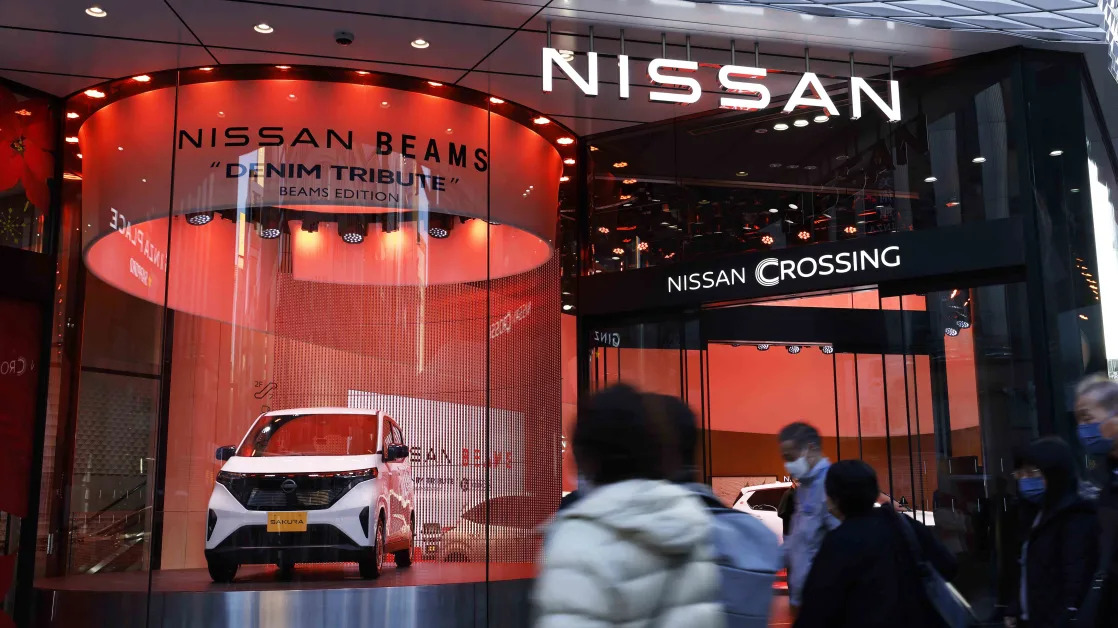
Key Takeaways
Warren Buffett is stockpiling cash. His Berkshire Hathaway ( BRK.A ; BRK.B ) holding company continued to sell more than it bought in the third quarter, including a quarter of its stake in Apple ( AAPL ), regulatory filings revealed Thursday.
Berkshire Hathaway cut its large stake in Apple to about $70 billion at the end of September from nearly $175 billion at the start of the year. The most recent selloff was suggested by Berkshire's third-quarter earnings report earlier this month, but had yet to be officially disclosed to the public. However, the iPhone maker still represents roughly a quarter of Berkshire's $266 billion equity portfolio.
Besides Apple, Berkshire sold roughly 235 million shares of Bank of America ( BAC ). This was largely known, as Berkshire was obligated to report its sales of BofA stock throughout the quarter since it owned more than 10% of the lender.
Berkshire's Cash Reaches Record Levels
The filings come after Berkshire Hathaway said earlier this month that its cash pile had swelled to a record $320.3 billion in the third quarter from $271.5 billion the prior quarter. Of that amount, $288 billion is invested in short-term Treasury bills . Berkshire has accumulated cash in each of the past nine quarters.
Investors watch Berkshire's cash hoard closely for its potential as " dry powder ." One potential reason Buffett's keeping that powder dry: The "Oracle of Omaha" may not see much room for growth in the market.
The ratio of stock market capitalization-to-GDP , also known as the "Buffett Indicator," is used to determine whether an overall market is undervalued or overvalued. The stock market's total value hit a record high of $58.13 trillion on Monday, "an unprecedented 198.1% of U.S. GDP last quarter," Business Insider wrote, citing Wilshire Indexes data.
That number is a major red flag for Buffett. In a famous Fortune article from 2001, Buffett said, "If the ratio approaches 200%—as it did in 1999 and a part of 2000—you are playing with fire."
Correction—November 15, 2024: The article has been updated to correctly state the size of the U.S. stock market relative to GDP.





